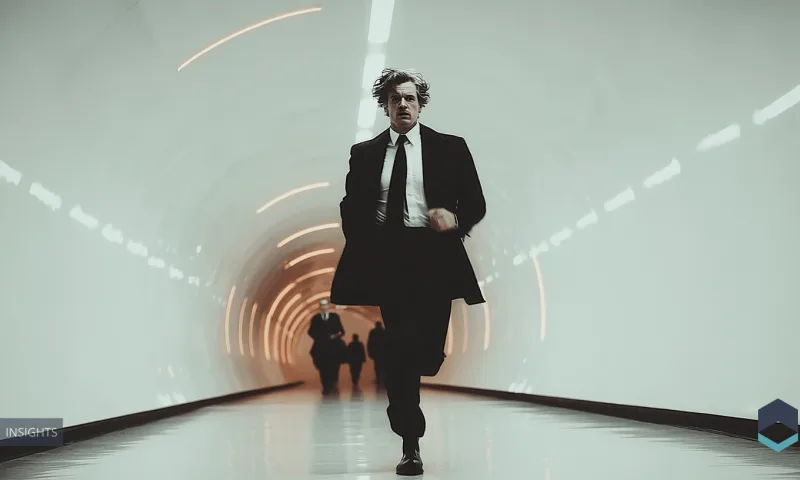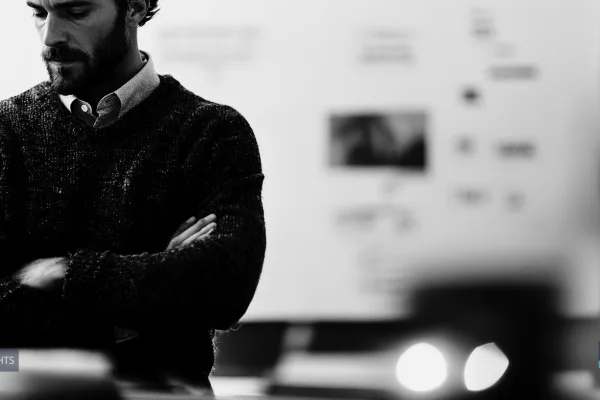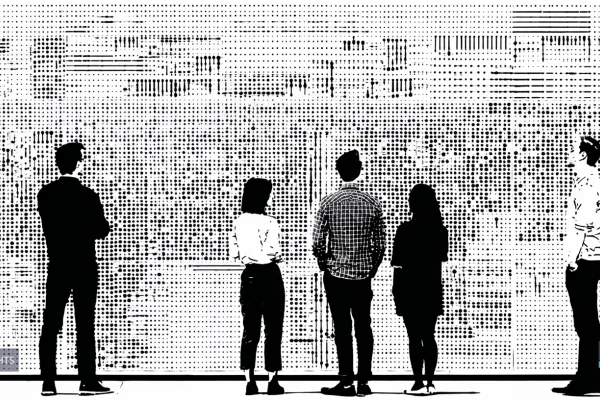Posted on
There’s a moment every enterprise architect eventually experiences.
You’re deep in a model with lines, boxes, and dependencies, and without realising it, you’ve slipped out of the present. You can see next year’s integration failure. You can hear the future arguments in the steering committee. You can feel the cost of a shortcut someone is about to take.
That’s the quiet superpower of an architect: we don’t just design for time, we travel through it.
Seeing What Others Can’t
We don’t predict the future; we inhabit it. We walk through what today’s decisions will look like when they’ve hardened into tomorrow’s reality.
And once you’ve seen it, you can’t unsee it. You know a single missed conversation will turn into a rework cycle. You know that a “temporary workaround” is about to become part of the furniture. You know that data models designed for speed today will one day be the reason agility disappears.
It’s a strange feeling, holding the weight of time in your head while everyone else is focused on next week’s delivery milestone. You try to explain it, and it sounds abstract, theoretical, and maybe even pessimistic. But it’s not pessimism. It’s perspective.
To architects, the future isn’t a place we imagine, it’s a landscape we’ve walked through, full of evidence of our own choices. We’ve seen the systems that collapse under the weight of forgotten assumptions. We’ve seen the governance models that quietly rot because no one ever updated the rules. We’ve seen the data lakes that became swamps because no one thought about how they’d be drained.
And yet, even knowing all that, we have to keep showing up and smiling, building a bridge between what’s urgent and what’s important.
The Emotional Work of Architecture
Time travel sounds clinical, a matter of foresight and planning, but the real challenge is emotional. You can’t just be the smartest person in the room; you have to be the most patient.
Because when you see what’s coming, every instinct wants to shout, “Stop! Don’t go that way!” But experience teaches you to breathe, to wait, to find the right metaphor that lands without resistance.
That’s the hidden skill of good architects: emotional calibration. You need to hold a vision of ten years while working with a team chasing ten days. You have to make peace with the fact that most of your best work will be invisible. When the future unfolds smoothly, nobody credits the person who prevented chaos. They just assume it was always going to work that way.
The best architects we know treat that invisibility as a sign of success. They understand that stability isn’t boring, it’s proof that someone travelled ahead, cleared the path, and made sure the rest of us never noticed the cliffs.
Translating the Future
That’s why great architects don’t just draw diagrams, they translate.
They turn the physics of systems into stories people can feel. They make time tangible.
A capability map might explain dependencies, but a well-told story explains consequences. A diagram tells you what’s connected; a story tells you what’s at stake.
“If we keep building like this,” we’ll say, “by the next budget cycle this system will eat its parent.”
That’s not drama, it’s translation. It connects now to next, giving weight to decisions that might otherwise slip by unnoticed.
Good architecture isn’t about complexity; it’s about clarity. It’s about making people care about the future while they’re still standing in the present.
Changing the Future, Not Predicting It
The real work of enterprise architecture isn’t predicting what’s coming. It’s changing it.
Every model, every principle, every capability map is a fork in time, a chance to bend tomorrow into something better than today.
We don’t use wormholes or quantum mechanics. We use better questions.
- What happens if this doubles?
- Who owns it when it breaks?
- How will this decision age?
- What invisible work are we creating for the next generation to clean up?
Each one is a small intervention that shifts a potential timeline.
Architecture is an act of stewardship. We don’t control the future; we curate it. We take care of the people who will inherit the systems we build. That means balancing ambition with restraint, speed with sustainability, and progress with protection.
When it’s done right, architecture doesn’t slow things down; it helps them age well.
The Rhythm of Time Travel
People often assume architecture is about control, but in truth it’s about rhythm. Knowing when to push, when to pause, when to let a pattern breathe.
You can’t hold the future too tightly, it wriggles free. You can’t define every outcome, context will rewrite them. But you can shape the tempo, the transitions, and the space between decisions.
That rhythm matters. Organisations that don’t learn it end up sprinting in circles. They change faster than they can comprehend, and each improvement introduces two new inconsistencies.
Architects steady the beat. We make sure progress has a pulse, not a panic attack.
The Paradox of Good Architecture
If you’ve ever felt unseen explaining why a principle matters, remember: you’re not being ignored, you’re just from the future.
You’re the one bringing back field notes from what hasn’t happened yet. And when you do your job well, nobody realises how close they came to breaking time.
That’s the paradox of good architecture, when it works, it looks effortless.
Behind that effortlessness are countless small acts of foresight, empathy, and restraint. It’s not magic. It’s just good time travel.
Closing the Loop
So maybe that’s how we should describe enterprise architecture, not as documentation or governance, but as temporal design.
The craft of making decisions that remain kind to the people who live with them later.
Because we’ve all been the victims of someone else’s past shortcut. We’ve all inherited the “for now” that never ended. The work we do today decides who experiences those same frustrations tomorrow.
The best architects know this instinctively: you don’t have to predict the future perfectly, you just have to leave it in better shape than you found it.
That’s what time travel really is.


